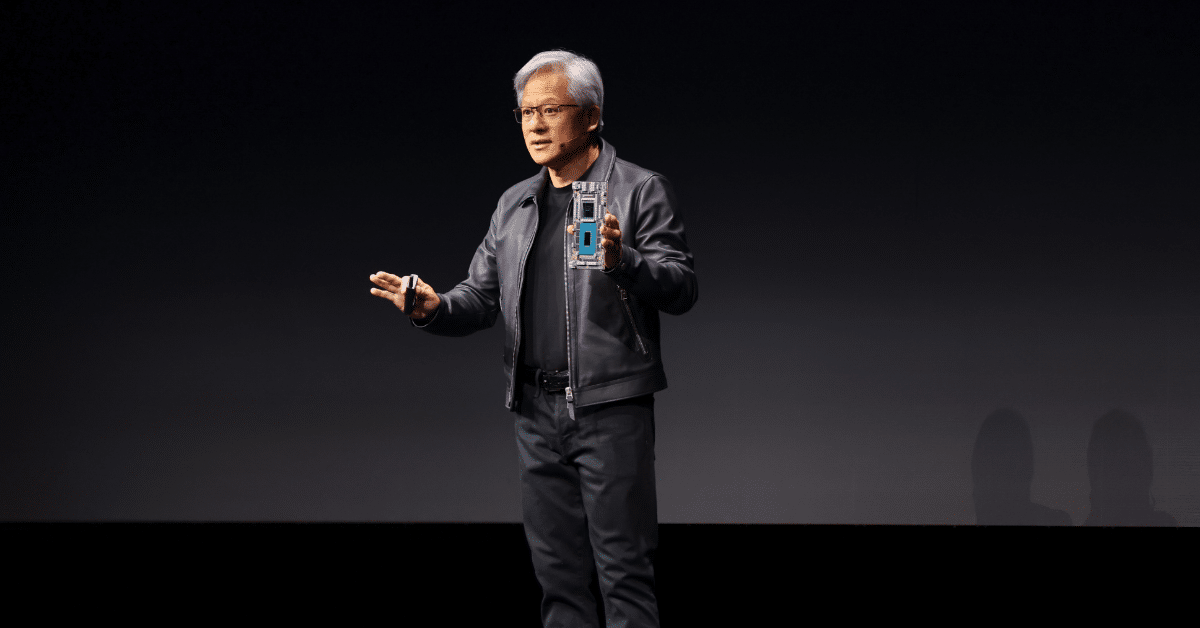Is NVIDIA Risking AI Supply Chain Saturation? Team Green’s AI Product Release Cycle Could Shorten to Six Months with Vera Rubin

NVIDIA’s Rapid Advancement in AI Technology
NVIDIA seems to be advancing at a breakneck speed in the field of artificial intelligence (AI). With the nearing end of the GTC 2025, it has become evident that the company is preparing to launch its Blackwell Ultra lineup alongside the Vera Rubin architecture at an alarming rate.
Blackwell AI Generations and Market Strategy
NVIDIA’s dominance in the AI market can be attributed to its strategic early entry and ongoing innovation. The company’s accelerated product plans have left little room for competitors to catch up. According to analyst Dan Nystedt, NVIDIA’s quick release cycle may end up stressing the supply chain significantly. This issue is already visible with early models of the Blackwell GB200, which encountered some notable challenges.
In May 2024, NVIDIA made a pivotal announcement at Computex, indicating that new AI architectures would be released annually. This move aimed to align with market demands and prevent rivals from gaining a foothold. Following this, NVIDIA was ‘forced’ to bring the Blackwell GB200 AI servers to market in limited quantities during Q4 2024—a tactic to maintain investor confidence in its leadership quality. However, questions remain about the effectiveness of this strategy.
Supply Chain Challenges and Adjustments
Blackwell faced significant yield rate issues that disrupted production. NVIDIA’s CEO, Jensen Huang, acknowledged these flaws, and it wasn’t until Q1 2025 that fixes were implemented. During this time, server manufacturers like Foxconn worked to increase production capacity. Once the supply chain stabilized, NVIDIA introduced the Blackwell Ultra GB300 lineup, which is expected to start production in the second half of 2025. Notably, the frequency of releases has now dramatically increased, allowing for yearly updates.
This could signal NVIDIA’s intention to dominate the AI computing sector by continually pushing out newer architectures. The company has released nearly three new lineups since AMD introduced the Instinct MI300 series, indicating a significant market lead. Analysts speculate that NVIDIA’s relentless pace may lead to supply chain fatigue or perhaps is a deliberate strategy to keep competitors at bay.
Upcoming Innovations and Future Plans
On top of all this, the Vera Rubin architecture announced at GTC 2025 is expected to hit the market by late 2026, but there are rumors it could be available six months sooner. This accelerated timeframe is largely influenced by SK Hynix’s plans to begin mass production of HBM4 memory by the third or fourth quarter of 2025. If all goes as planned, NVIDIA might be able to release Rubin as early as Q1 2026 or even conduct a limited launch by the end of this year. Current memory manufacturers are eager for their HBM4 to be integrated without delays, and NVIDIA is the only company publicly committed to employing this next-gen standard.
As the year progresses, it will be fascinating to watch how NVIDIA’s ambitious AI roadmap unfolds. In the words of CEO Jensen Huang, “the more you buy, the more you save.” Only time will reveal if this holds true.




![AI Experts Predict Minimal Impact of AI Tools on Job Losses [Infographic]](https://deepmind.blog/wp-content/uploads/2025/04/AI-Experts-Predict-Minimal-Impact-of-AI-Tools-on-Job.webp-300x300.webp)

